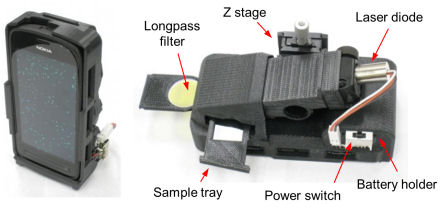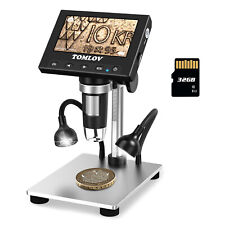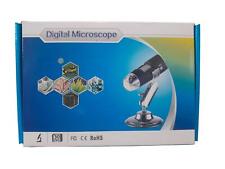
A Cornell-developed camera that fits on the head of a pin, contains no lenses or moving parts and costs pennies to make could revolutionize an array of scientific fields from surgery to robotics.
Writing about the device in the journal Optics Letters, the researchers say it is only 100th of a millimeter thick and one-half millimeter on each side. It resolves images to only about 20 pixels across – a low resolution, but enough to shed light on previously hard-to-see things. “It’s not going to be a camera with which people take family portraits, but there are a lot of applications out there that require just a little bit of dim vision,” development leader Patrick Gill said.
Gill first conceived of the new camera as a side-project related to work on developing lens-less implantable systems for imaging brain activity. This type of imaging system could be useful as part of an implantable probe for imaging neurons that have been modified to glow when they are active.
The camera is a simple flat piece of doped silicon, which looks something like a tiny CD, with no parts that require off-chip manufacturing. As a result, it costs just a few cents to make and is incredibly small and light, as opposed to conventional small cameras on chips that cost a dollar or more and require relatively bulky focusing optics.
Gill plans to continue working to improve the camera’s resolution and efficiency, but believes it already lends itself to a myriad of applications. “It could be a component in any cheap electronic system – in devices that, for example, detect the angle of the sun or a micro-robot that requires a simple visual system to navigate,” he suggested.
Related:
Context And Computer Vision
Depth-of-field irrelevant with omni-focus camera
Multiplexing technique promises quantum leap in camera performance


















Comments are closed.